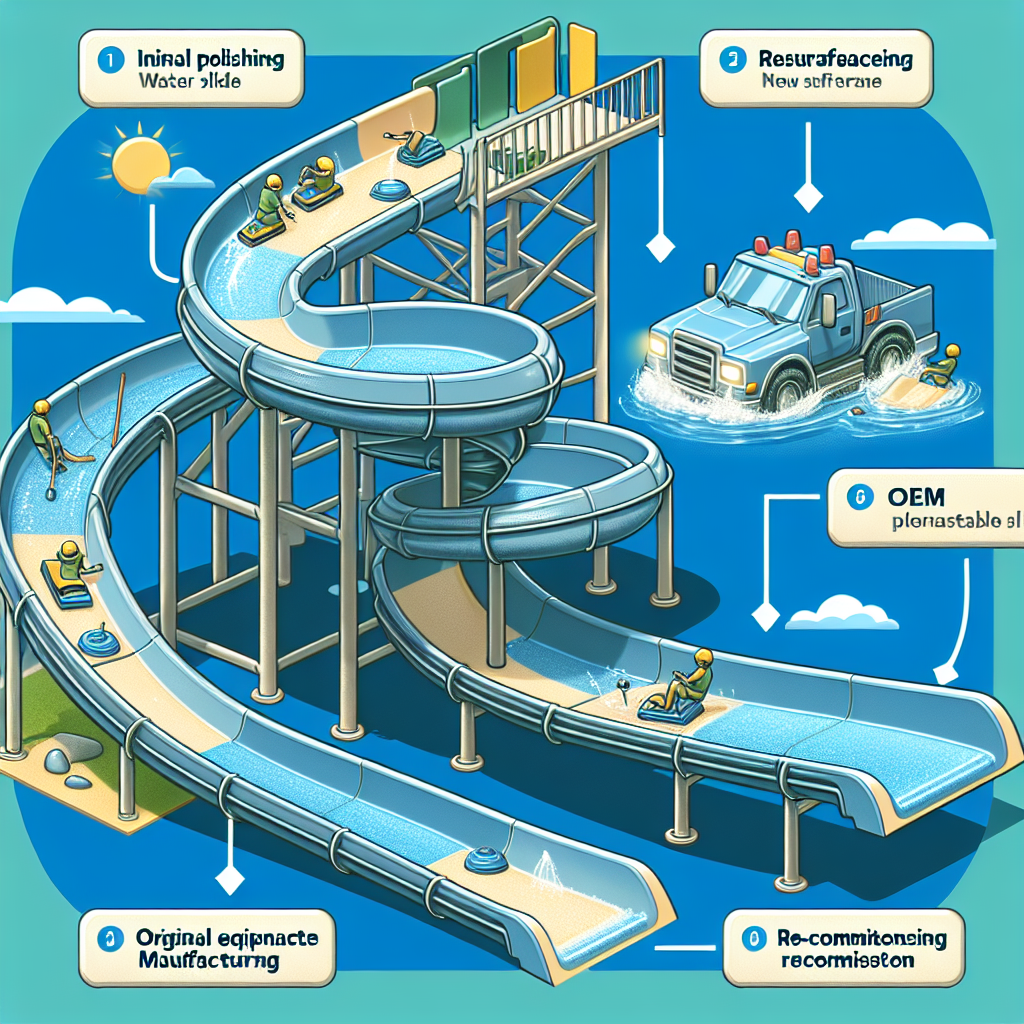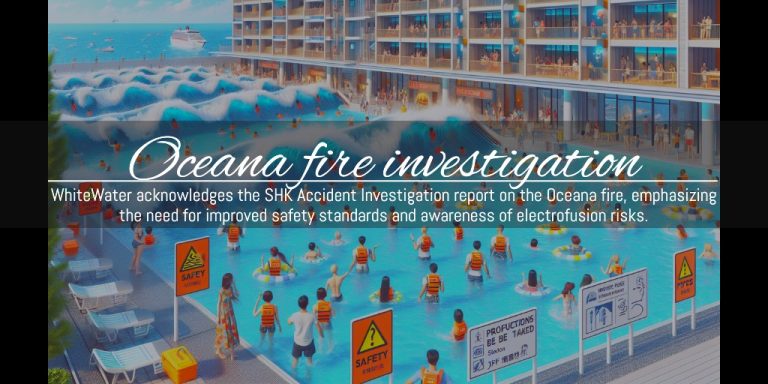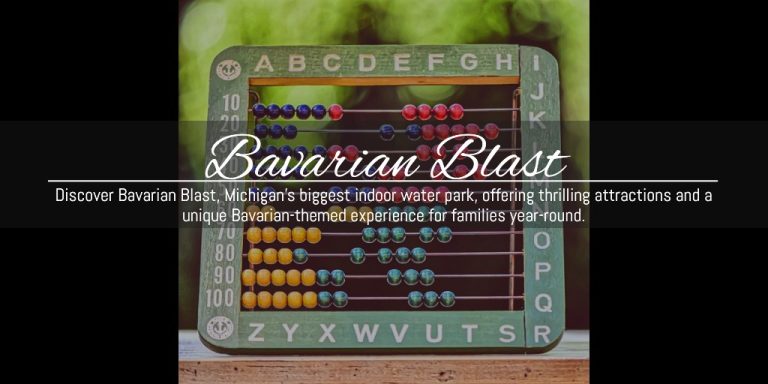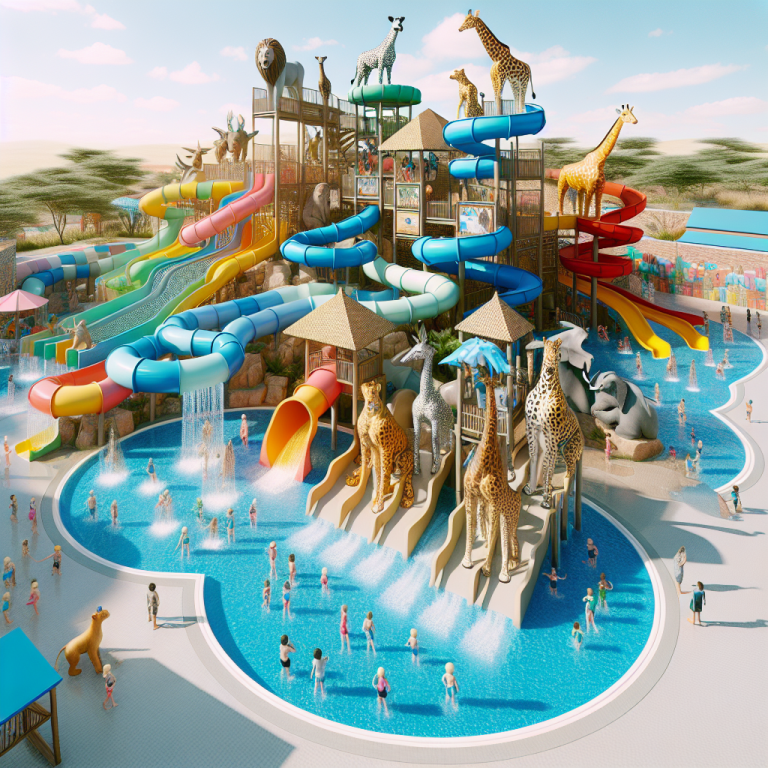Water Slide Refurbishment: Common Questions and Misconceptions Addressed
Audio:
Text:
Travelling across continents from Asia to the Middle East and from North America to South America, I have had the pleasure of engaging in **water slide refurbishment** projects globally in recent years. Working closely with various water park operators, I have encountered several common queries and misconceptions surrounding the restoration of water slides. Let’s delve into addressing some of these prevalent questions.
Slide Restoration Lingo: Polishing ≠ Waxing, Resurfacing ≠ Repainting
While these terms may appear interchangeable, they hold distinct meanings.
Polishing, for example, is a periodic process carried out every few months to eliminate minor scratches and restore the slide’s original shine. On the contrary, **waxing** involves the application of a protective layer and should be conducted every couple of weeks.
Similarly, resurfacing is often misconstrued. It involves treating the inner riding surface of the water slide to address significant wear resulting from years of friction. This procedure includes reapplying gel coat to the ride surface, differing from repainting, which focuses on the slide’s exterior to combat fading due to sun exposure and environmental elements.
You Don’t Always Need to Resurface
When it comes to the interior surfaces of water slides, many clients believe that resurfacing is imperative or have been advised so without a thorough inspection. However, in many cases, sanding and polishing prove to be adequate.
How can you determine the necessity? If there is no visible fiberglass resin, sanding and polishing suffice. In contrast, if the surface displays extensive wear and fading, resurfacing might be essential. Consulting the original equipment manufacturer (OEM) for an evaluation is recommended, as they may propose resurfacing only specific sections of the slide.
Pros and Cons of Resurfacing
Pros: Resurfacing addresses friction wear, prolonging the slide path’s lifespan by applying a fresh gel coat. It is also essential if you intend to alter the slide’s colour.
Cons: Resurfacing is a pricier option compared to sanding and polishing. Additionally, it results in a textured finish rather than the original glass-like, high-gloss surface, making it more challenging to clean calcium deposits. Nonetheless, resurfacing can significantly extend the longevity of your investment.
OEM Slide Re-Commissioning May Be Necessary
Following restoration, if the operational parameters undergo changes, the water slide might require re-commissioning by the OEM to ensure safe operation. Situations necessitating re-commissioning include:
- Post-resurfacing of a water slide
- Significant alterations in the slide path’s coefficient of friction due to varying coatings or coating thickness
- Substantial changes in ride speed subsequent to polishing
Can I Glass Over My Seams?
DO NOT glass over water slide seams!
Water slides consist of large fiberglass sections that shift with usage and expand and contract with temperature fluctuations.
WhiteWater’s water slide designs, laminate schedule, material selection, and fiberglass joints with caulking are designed to accommodate this dynamic movement. Fiberglassing over the seams could lead to cracks in the slide parts, potentially resulting in injuries.
Don’t glass over your water slide seams. Take the time to re-caulk the joints.
For further queries regarding **water slide refurbishment** and maintenance support, feel free to reach out to our Performance Services team.
The post Things You Might Not Know About Water Slide Refurbishment appeared first on WhiteWater.






